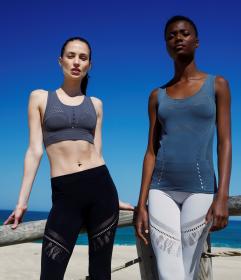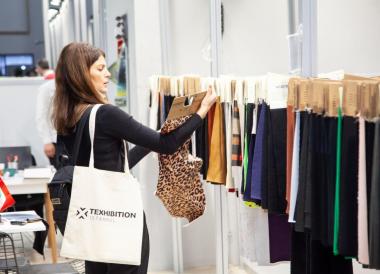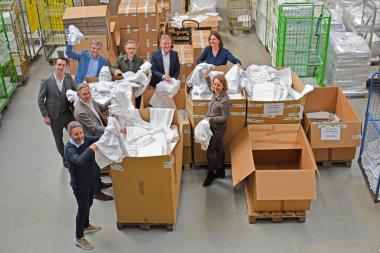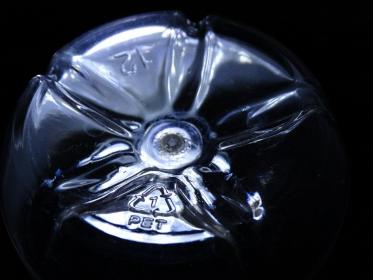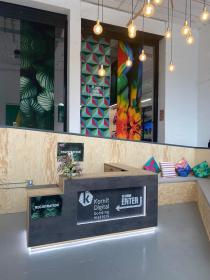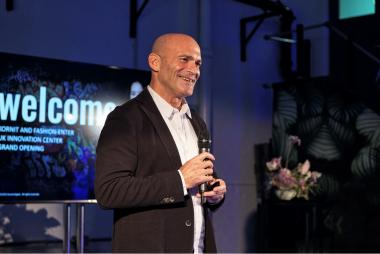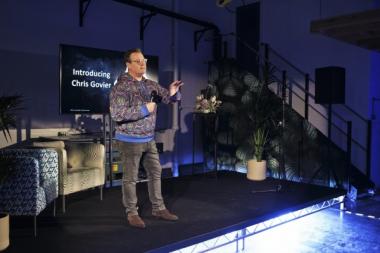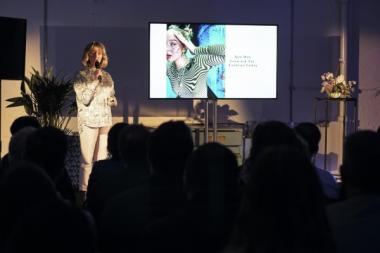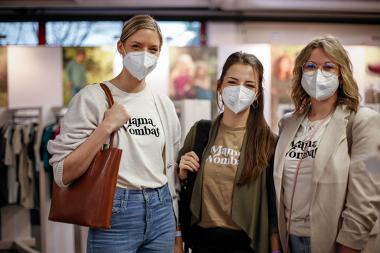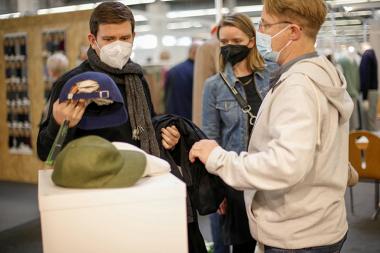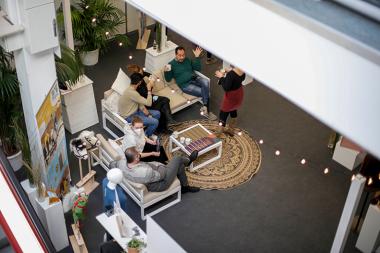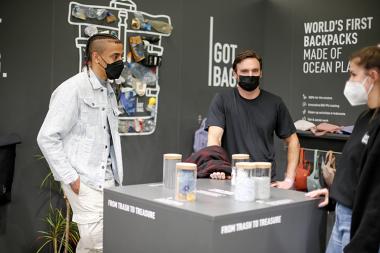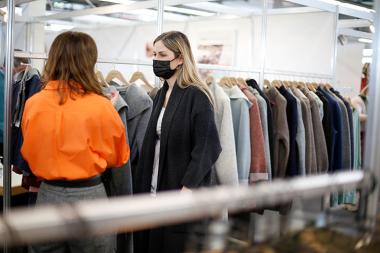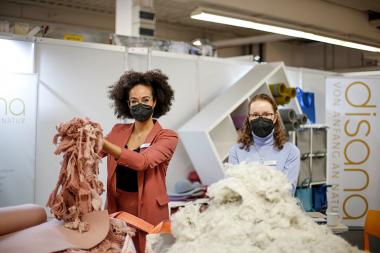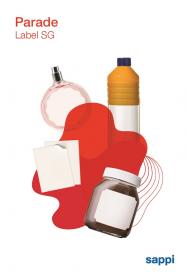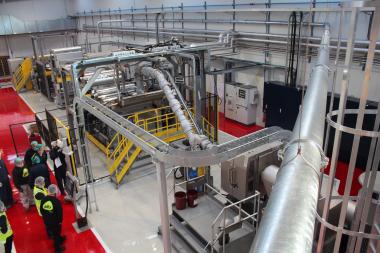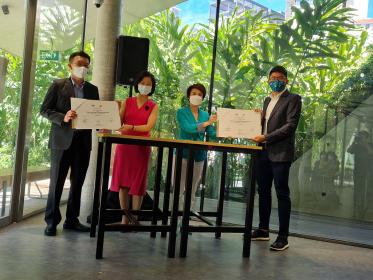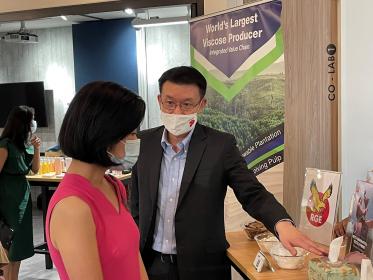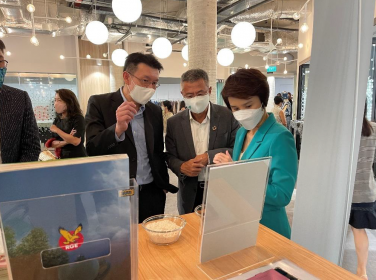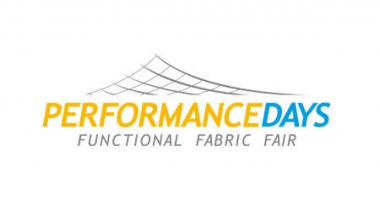Cone Denim launches U.S. Grown Hemp denim collection with BastCore
Cone Denim®, a leader in denim authenticity and sustainable innovation, launches a new U.S. grown hemp denim collection in collaboration with expert hemp processing innovator, BastCore. Cone is excited to expand its sustainable denim offerings and increase its support of the American agriculture industry, featuring denim made with Alabama hemp and U.S. cotton and dyed with natural indigo grown in Tennessee.
Cone Denim is honored to partner with BastCore, a team that aligns with Cone’s values and its commitment to innovation, quality, sustainability, and traceability. The pioneers at BastCore have created patent-pending technology and a proprietary process that produces clean, mechanically processed, OEKO-TEX® STANDARD 100 certified and USDA bio-preferred hemp fiber out of its operation in Montgomery, Alabama.
Cone’s U.S. Hemp Collection includes a range of fabrics featuring classic 3×1 and comfort stretch to modern workwear constructions. The collection further expands upon Cone’s sustainability and traceability practices, driving the future of the industry. The proximity of the hemp, indigo, and cotton crops in the U.S. to the company’s mills in Mexico is also key in creating the smallest environmental impact and footprint possible.
Hemp offers many key benefits in creating the next level of sustainable denim:
- More than 50% water savings occur, compared to cotton
- No chemicals, wet processing, pesticides, or herbicides are used
- Hemp grows in a variety of soils with excellent biodegradability, is antimicrobial, has high tensile strength, moisture regain content, and tenacity
- Hemp and natural indigo crops have high rates of carbon sequestration, which ultimately benefits the environment and improves the soil’s health for other crops (climate positive)
Cone Denim









